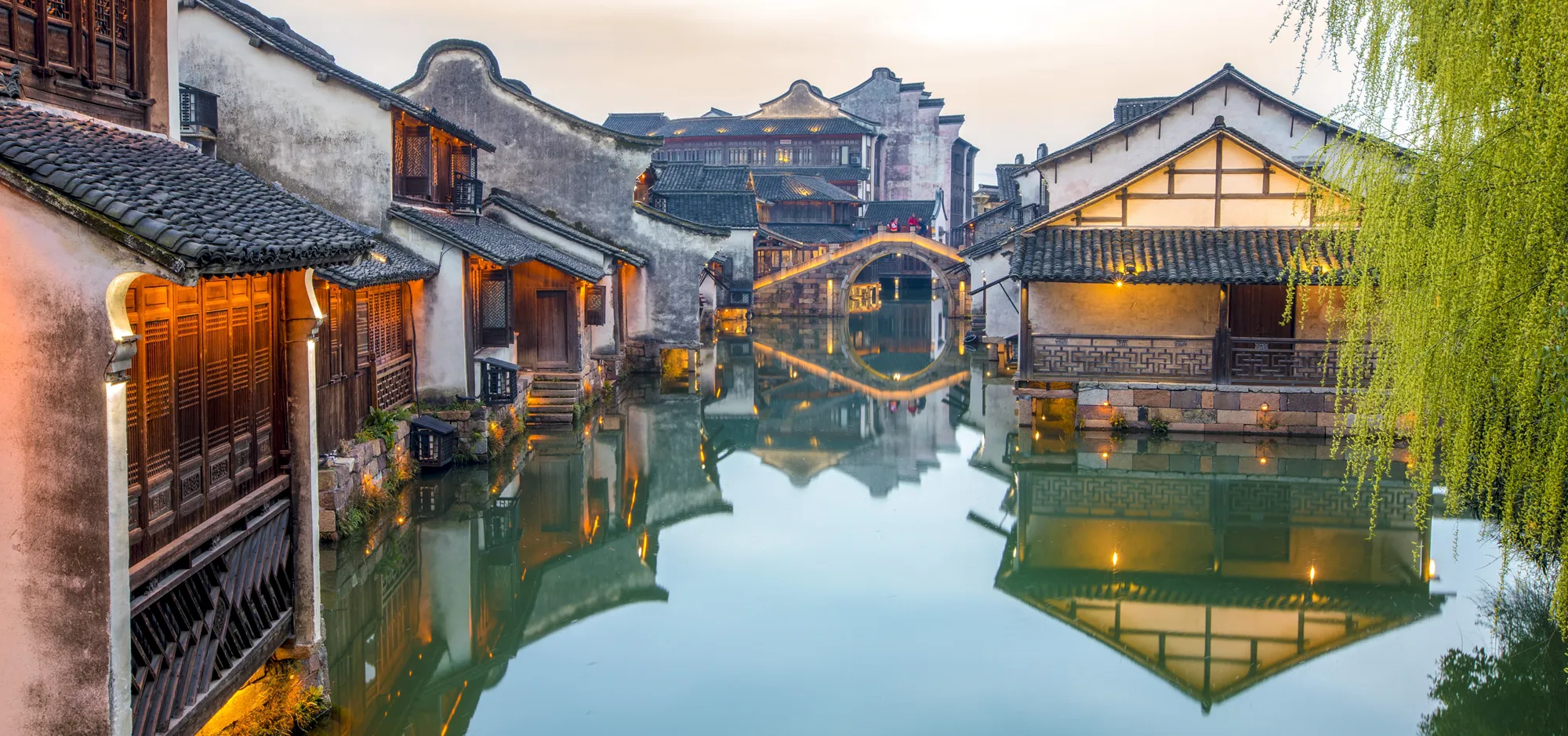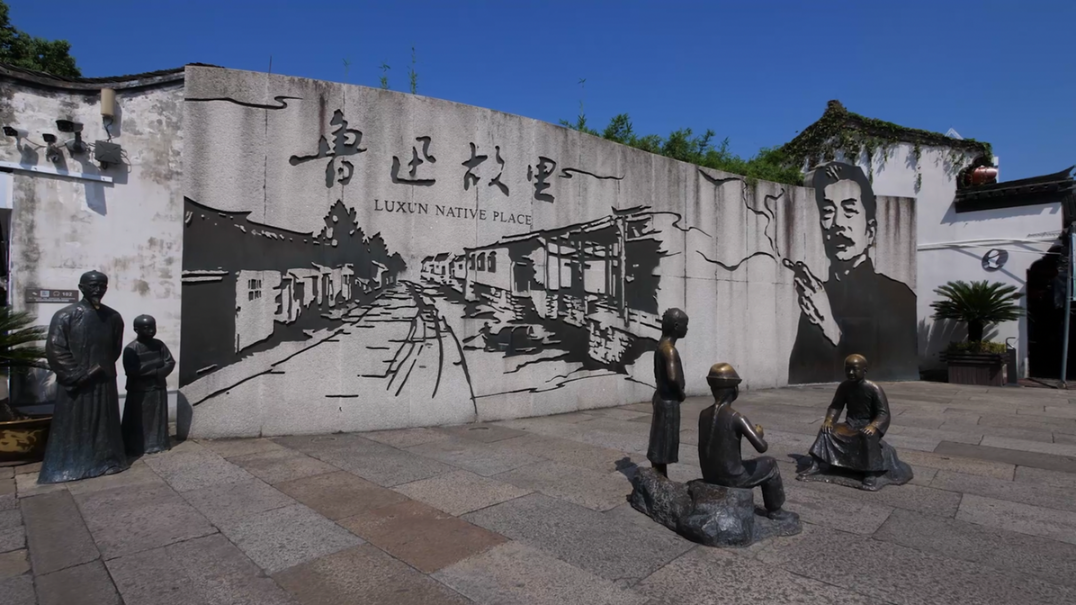Exploring Shaoxing’s Literary Heritage and Cultural Stories
Welcome to the enchanting world of Shaoxing, a city in eastern China that pulses with the rhythms of history, literature, and culture. If you’re a traveler drawn to the deeper layers of China literary culture, Shaoxing is a must-visit destination where ancient tales come alive amid serene waterways and historic streets. Here at jusha.travel, we love sharing tips to make your China journey unforgettable, and this guide dives into Shaoxing’s Literary Heritage, highlighting its rich tapestry of stories that inspire and educate. Whether you’re planning a trip or simply curious, exploring Shaoxing’s cultural heritage offers a perfect blend of reflection and adventure.

The Ancient Roots of Shaoxing’s Cultural Heritage
Shaoxing stands as one of China’s oldest continuously inhabited cities, boasting a history that stretches back over 2,500 years and forms the bedrock of its Shaoxing cultural heritage. Imagine wandering through a landscape shaped by rivers, bridges, and legends that echo the essence of China literary culture. This city’s water-based geography, often dubbed the “water city,” features more than 10,000 bridges dating back to the Song dynasty, creating an urban mosaic that’s both practical and poetic. https://jusha.travel/top-10-ancient-towns-in-china-youll-wish-you-visited-sooner/
For instance, Shaoxing served as the nucleus of the State of Yue during the Spring and Autumn Period (770-476 BC), a time when figures like Emperor Yu gathered at Kuaiji Mountain, leaving behind a legacy of governance and mythology. These stories aren’t just relics; they’re woven into the daily life of the city, offering travelers a glimpse into the enduring spirit of Cultural attractions Shaoxing. According to sources like Zhejiang Daily, Shaoxing’s efforts to achieve World Cultural Heritage status underscore its commitment to preserving this intangible wealth. https://jusha.travel/historical-places-in-china-a-comprehensive-guide-to-ancient-sites-and-cultural-landmarks/
As a practical tip for visitors, consider starting your Shaoxing travel guide with a boat ride along the canals. This not only provides stunning views but also connects you to the city’s historical economy and architecture. If you’re traveling with a group, look for local tours that incorporate technology, such as augmented reality apps, to bring these ancient stories to life—perfect for modern explorers blending tradition with innovation.

Literary Giants and the Heart of Shaoxing’s Literary Heritage
At the core of Shaoxing Literary Heritage lies a constellation of influential figures whose works have shaped China literary culture. This section takes you on a journey through the lives and legacies of these luminaries, making Shaoxing a living library for culture enthusiasts.
Take Lu Xun, China’s greatest modern writer, who was born and raised here. His former residence, ancestral home, and the Lu Xun Memorial Museum form a popular tourist route, allowing visitors to step into the world of his satirical essays and social critiques. As you explore these sites, you’ll feel the weight of his stories, which blend personal history with broader commentary on society. Another icon, Wang Xizhi, the “Sage of Calligraphy,” hosted the famous Orchid Pavilion Gathering in 353 CE, where poets composed verses while floating wine cups down a stream—an event that symbolizes the intellectual camaraderie of ancient China. https://jusha.travel/exploring-chinese-festivals-a-guide-to-vibrant-cultural-celebrations-in-china/
For those interested in Shaoxing travel guide essentials, plan a visit to the Baicao Garden or the Sanwei Private School, both tied to Lu Xun’s life. These spots offer interactive experiences, like calligraphy workshops, where you can try your hand at traditional arts. Drawing from reliable insights in China Daily, walking in the footsteps of these figures reveals how Shaoxing’s cultural heritage influenced modern Chinese thought, from philosophy to education.
An interesting fact: Shaoxing also birthed revolutionaries like Qiu Jin, a female rights activist and poet, whose museum dedicated to her life highlights the city’s role in social reform. This blend of literary and revolutionary spirit makes Shaoxing not just a destination for history buffs but also for those curious about China’s evolving cultural narrative. https://jusha.travel/what-makes-guilins-landscapes-chinas-most-stunning-escape/

Legends, Myths, and Everyday Cultural Attractions
Beyond its famous figures, Shaoxing’s allure lies in its everyday stories and intangible heritage, which breathe life into Cultural attractions Shaoxing. This city is saturated with myths and legends, from Emperor Shun’s agricultural feats to tales of heroism during the Taiping Rebellion, all of which reflect the vibrant storytelling tradition of Shaoxing cultural heritage.
One highlight is the Orchid Pavilion, where the spirit of literati culture endures through annual gatherings that celebrate poetry and nature. Shaoxing boasts 26 national-level intangible cultural heritage items, including vernacular drama and ceremonial rituals, making it a treasure trove for those eager to experience authentic China literary culture. Lu Xun’s work, such as “Village Drama,” immortalizes rural festivals and folk performances, offering a window into the joys of community life.
Travelers can immerse themselves in these traditions by attending local events or sampling Shaoxing’s culinary delights, like its famous yellow wine, which pairs perfectly with storytelling sessions. A practical tip: Use mobile apps for guided audio tours in English, leveraging China’s tech advancements to enhance your visit. As noted in The World of Chinese, these experiences foster a deeper appreciation for Shaoxing’s myths, connecting past and present in a way that’s both educational and fun. https://jusha.travel/what-is-chinese-tea-culture-and-how-to-experience-it/
For families or solo adventurers, don’t miss the village dramas or water town explorations—these activities provide cultural insights while being accessible and budget-friendly, aligning with jusha.travel’s mission to inspire meaningful China trips.

Preserving Shaoxing: Architecture, Urban Life, and Modern Tourism
Shaoxing’s architectural wonders and modern preservation efforts tie together its past and future, enhancing the overall Shaoxing travel guide experience. The city’s traditional designs—featuring dark tiles, white walls, and wooden lattice windows—evoke a poetic nostalgia that’s integral to Shaoxing Literary Heritage.
With over 10,000 ancient bridges crisscrossing its waterways, Shaoxing’s urban landscape has long been a hub for social and literary gatherings. Sites like the homes of Qiu Jin and Cai Yuanpei serve as museums, attracting tourists and researchers alike. In recent years, Shaoxing has pushed for World Heritage status, emphasizing sustainable tourism that balances preservation with accessibility, as detailed in eZhejiang.
For tech-savvy travelers, explore Shaoxing through virtual reality tours or apps that overlay historical facts onto real-time views—showcasing how China’s innovation intersects with its cultural roots. A key insight: Many locals still use traditional black-awning boats for daily commutes, offering a chance to engage with residents and learn about their stories firsthand.
In conclusion, delving into Shaoxing’s Literary Heritage and Cultural Stories reveals a city that’s more than just a backdrop—it’s a narrative woven with the threads of China literary culture, from ancient myths to modern innovations. Exploring Shaoxing cultural heritage and its Cultural attractions Shaoxing provides invaluable insights into China’s soul, making it an ideal stop for any traveler. Here at jusha.travel, we’re passionate about guiding you through these experiences to create lasting memories.
We’d love to hear your thoughts—share your favorite Shaoxing stories in the comments below, visit jusha.travel for more inspiring China travel guides, or check out related articles like our piece on other cultural tours in Zhejiang. Safe travels and happy exploring!

